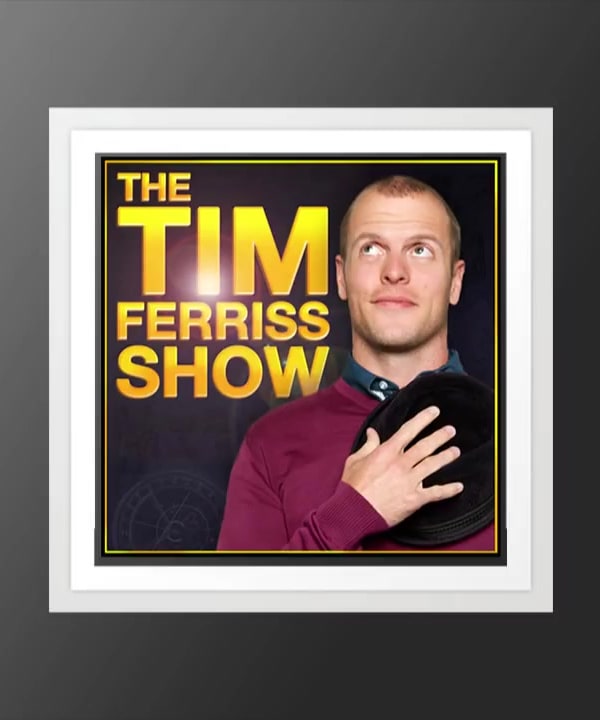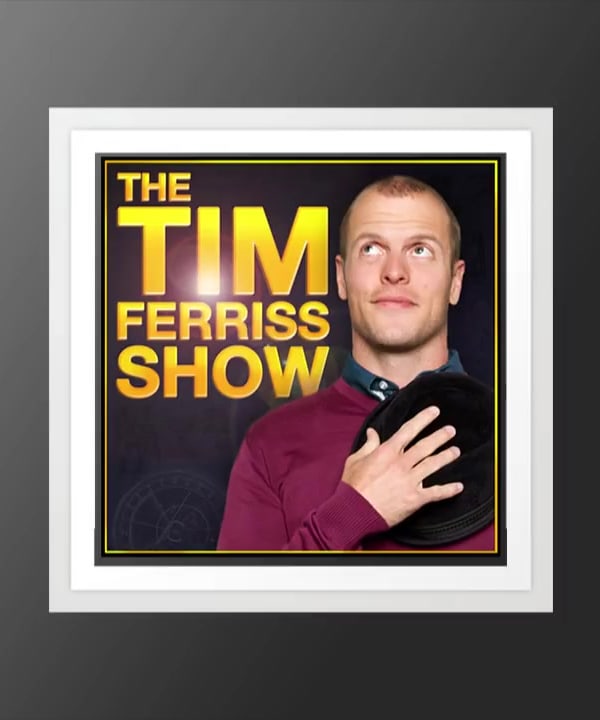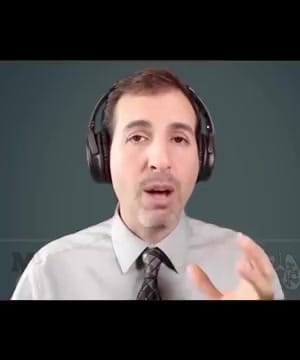Hot cold therapy
Sources:
Dr. Rhonda Patrick has shared insights into both cold and hot therapy, highlighting their benefits and how they can be incorporated into a wellness routine:
Cold Therapy
-
Exercise Performance:
- Whole body cryotherapy has shown performance enhancements such as improved power and pain measures up to 72 hours post-treatment. It may also enhance endurance by increasing the number of mitochondria in muscle and promoting the conversion of white adipose tissue to metabolically active brown fat, which can protect against obesity and improve aerobic capacity 1.
- Cold showers have been used to increase norepinephrine levels, which helps with focus and anxiety. This method can be particularly useful before significant events or to improve mood 2.
-
General Health:
- Cold exposure can lead to higher norepinephrine levels and the browning of fat, which improves metabolic health. This method has been looked at as a treatment for type 2 diabetes due to improved metabolic outcomes 3.
- Cold showers at around 60°F have been shown to produce comparable effects to medication in clinically depressed patients, possibly due to increased norepinephrine 4.
Hot Therapy
-
Exercise Recovery and General Health:
- Regular sauna use can simulate moderate exercise, contributing to cardiovascular health, reducing muscle atrophy, and potentially enhancing mood through increased production of norepinephrine and beta-endorphins 5.
- Saunas after exercise seem to be beneficial, but it is advised to wait at least an hour post-exercise before engaging in cold therapy for it to be most effective 1.
-
Immune System:
- Hot baths or spas can enhance your innate immune system. This therapy can be especially effective when combined with a cold plunge, stimulating vasoconstriction and boosting leukocyte activity, thereby bolstering the immune response 6.
Combining Hot and Cold Therapy
- Contrast Therapy: Switching between hot and cold sessions, such as using a sauna followed by a cold plunge, can amplify benefits by boosting circulation and enhancing recovery. However, Rhonda suggests that while more research is needed, combining heat and cold exposure in rapid succession might provide complementary benefits without necessarily canceling each other out 5.
These therapies can be tailored to individual needs and conditions, but it’s always recommended to consult with a healthcare provider before starting any intense regimen.
RELATED QUESTIONS-





